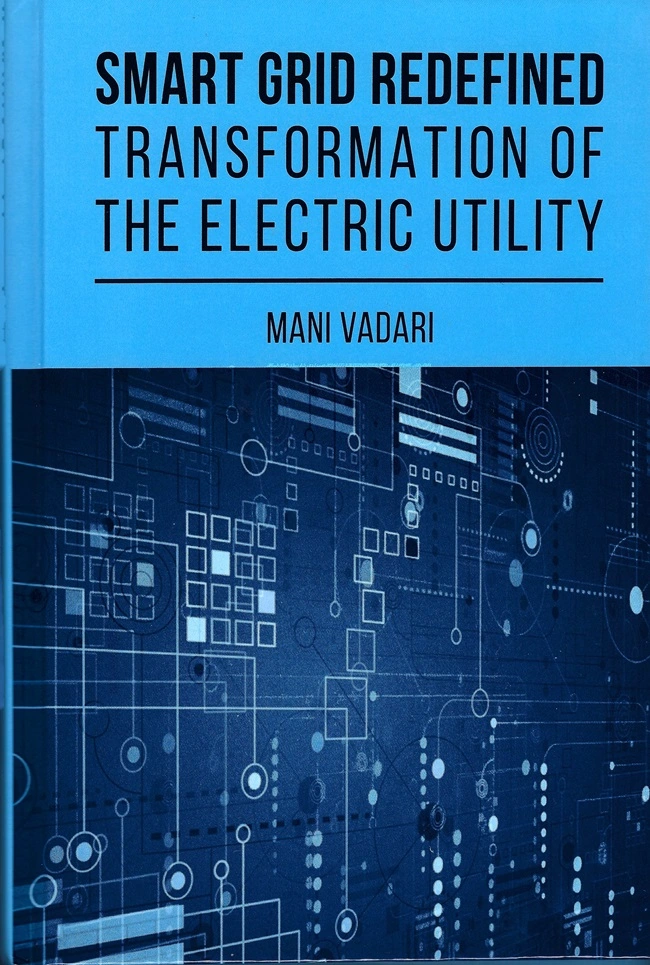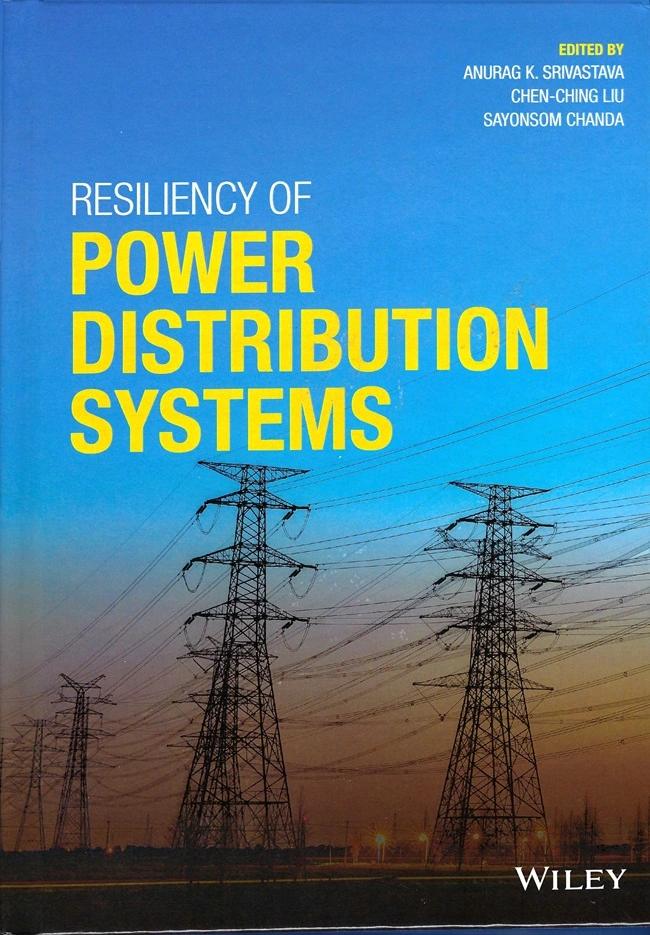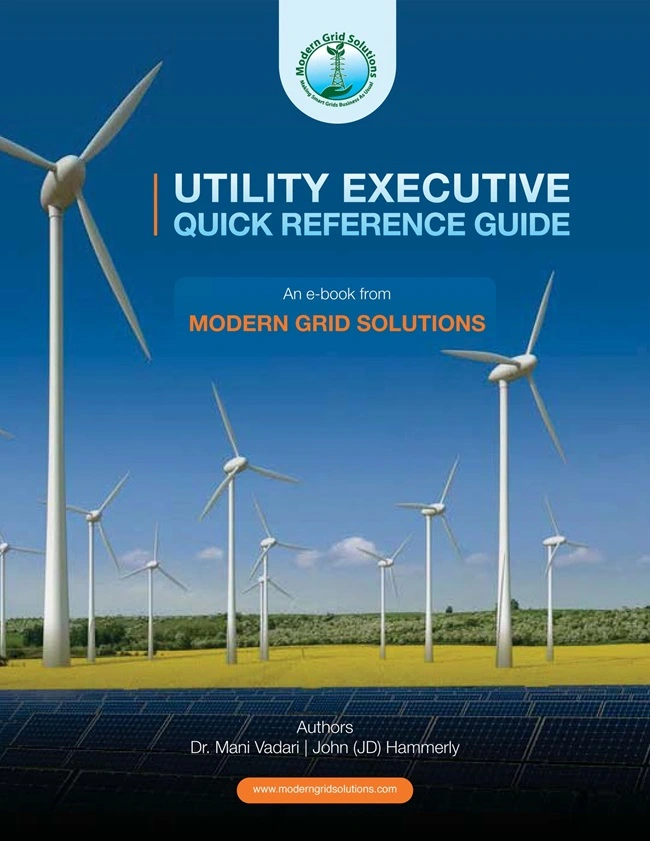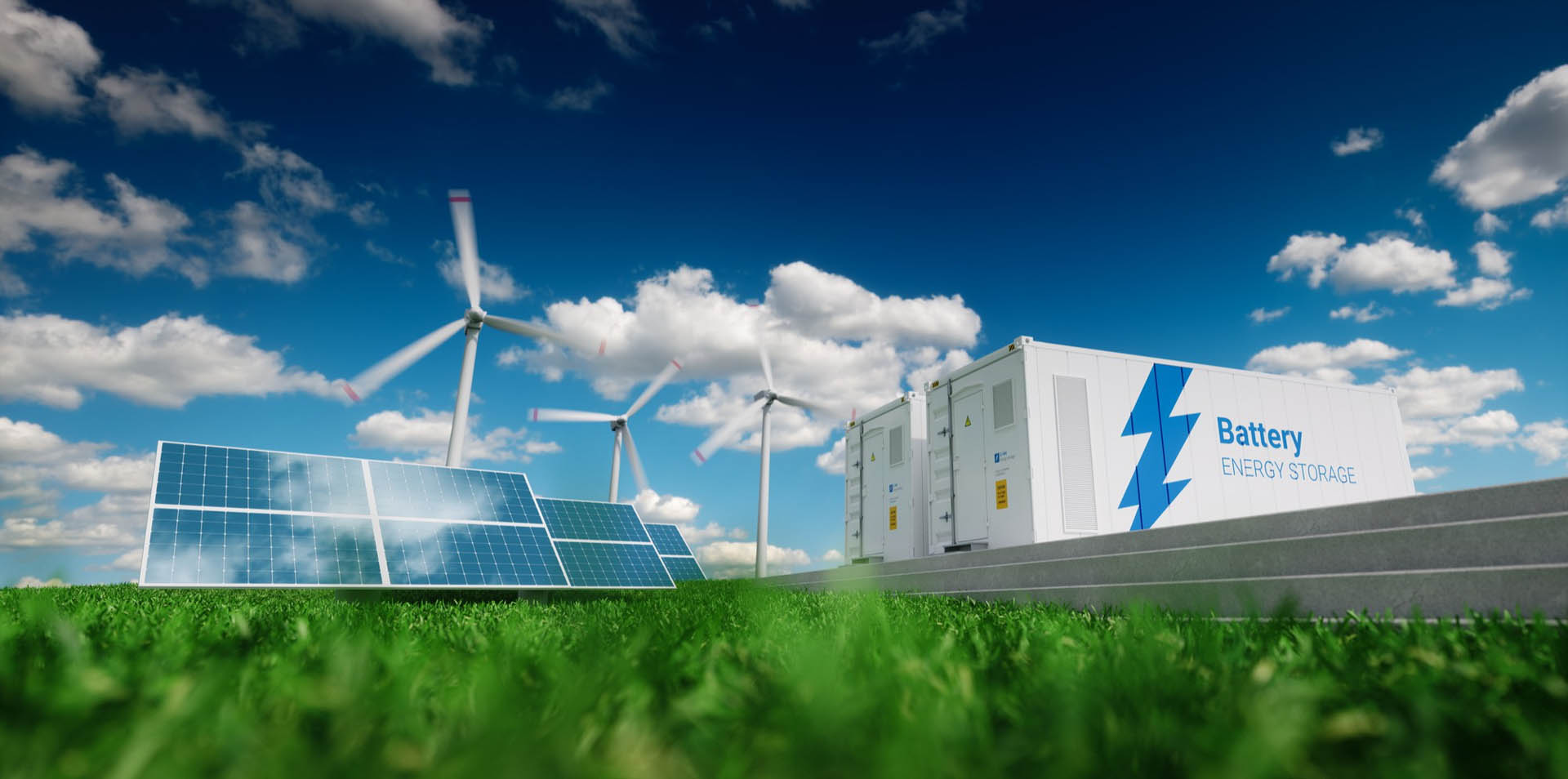Books & e-books

Smart Grid Redefined: Transformation of the Electric Utility
Author Dr. Mani Vadari. Published by Artech House, March 2018
Written by a leading expert in the utility field, this practical resource guides professionals in the evolution of the Smart Grid and offers insight into distribution automation, storage, and microgrid. This e-book highlights the journey to a transformed electric utility, provides solid examples, and includes real-world case studies. Readers find guidance on new energy storage solutions and electric value chain disruptors. Professionals learn how to overcome challenges related to integrating supply and demand diversity.
The e-book highlights how new technologies impact the day-to-day operations of a utility and how these technologies can transform the normal functioning of the utility. Discussions are provided about how a transformed utility can be a springboard to a smart city. Professionals will be able to apply the strategies of technologies in this resource to guide them to success in the field. This e-book defines the roadmap to the utility of the future and provides a vision for how utilities can thrive in their new environment.
Electric System Operations – Evolving to the Modern Grid - 2nd Edition
Author Dr. Mani Vadari. Published by Artech House, March 2020.
Several universities such as University of Wisconsin, Pennsylvania State University, Stonybrook and others use it as a textbook. Also, trending to 5 stars on Amazon.
This completely updated second edition includes case studies and a focus on the business of system operations. The broad range of actions under system operations from transmission to distribution are explored. The underpinnings of electric systems operations are highlighted, with an introduction to utilities and power systems. It offers a thorough definition of system operations, identifying and explaining the various systems that support this function and how they integrate into the utility.
The e-book presents a thorough definition of system operations, identifying and explaining the various systems that support this function and how they integrate into the utility. The business perspective on electric systems operation, and how critical this area is to a utility’s ability to provide reliable power to customers is detailed. Readers discover how a utility’s network operation is a key contributor to the viable sustainment of its business. The e-book presents the convergence of the systems used in the grid operations of today and addresses the emerging needs of the smart grid operations of tomorrow. Readers discover how a utility’s network operation is a key contributor to the viable sustainment of its business, as well as learn how system operations help to ensure the right levels of safety, reliability and efficiency in everything that relates to transmission and distribution grid management.


Resiliency of Power Distribution Systems
Author: Anurag K. Srivastava (Editor), Chen-Ching Liu (Editor), Sayonsom Chanda (Editor)
A revolutionary e-book covering the relevant concepts for resiliency-focused advancements of the distribution power grid
Most resiliency and security guidelines for the power industry are focused on power transmission systems. As renewable energy and energy storage increasingly replace fossil-fuel-based power generation over the coming years, geospatially neighboring distributed energy resources will supply a majority of consumers and provide clean power through long transmission lines. These electric power distribution systems—the final stage in the delivery of electric power—carry electricity from the transmission system to individual consumers. New distributed devices will be essential to the grid to manage this variable power generation and enhance reliability and resilience while keeping electricity affordable as the world seeks solutions to climate change and threats from extreme events.
In Resiliency of Power Distribution Systems, readers are provided with the tools to understand and enhance resiliency of distribution systems—and thereby, the entire power grid. In a shift from the present design and operation of the power system, the e-book is focused on improving the grid’s ability to predict, adapt, and respond to all hazards and threats. This, then, acts as a guide to ensure that any incident can be mitigated and responded to promptly and adequately. It also highlights the most advanced and applicable methodologies and architecture frameworks that evaluate degradation, advance proactive action, and transform system behavior to maintain normal operation, under extreme operating conditions.

Utility Executive Quick Reference Guide
Senior executives will benefit from this e-book, particularly utility or supplier thought leaders. Its content covers critically important topics for this audience, enabling executives to navigate our industry’s challenges as it transforms to deliver a 21st-century, decarbonized energy system. The topics covered include Utility Transformation, Grid Modernization, Asset Management, the Internet of Things, Data Analytics, and Operational Systems, each at an appropriate breadth and depth. This e-book maintains a sharp focus on identifying key elements, “what’s important and why,” allowing executives to reach thoughtful decisions quickly and drive their companies direction toward a successful future.
Our Clients


Example Title 1


Example Title 2


Example Title 3


Example Title


Example Title


Example Title


Example Title


Example Title


Example Title


Example Title


Example Title
Solar Energy Squad: Illuminating a Sustainable Future

Solar energy is a renewable form of energy that harnesses the power of the sun to generate electricity or heat. It is considered one of the cleanest and most abundant sources of energy available to us. Solar energy technologies have advanced significantly over the years and are increasingly being adopted as a viable alternative to traditional fossil fuel-based energy sources.
Governments and organizations around the world are increasingly investing in solar energy as a key part of their sustainable energy strategies. The continued development and adoption of solar energy technologies hold great potential for a cleaner and more sustainable future.
Solar Panels: Solar panels, also known as photovoltaic (PV) panels, are the most common way to capture solar energy. These panels are made up of interconnected solar cells that convert sunlight directly into electricity. When sunlight hits the solar cells, it excites the electrons in the cells, creating a flow of electricity.
Solar Thermal Systems: Solar thermal systems use sunlight to heat water or other fluids. These systems are commonly used for heating water in residential and commercial buildings or for generating steam to produce electricity in large-scale power plants.

Showcase
Solar power: Lighting up homes and businesses with clean energy
Meet the Masters of Solar Energy
Powering a Sustainable Future: Energify Solar Team







